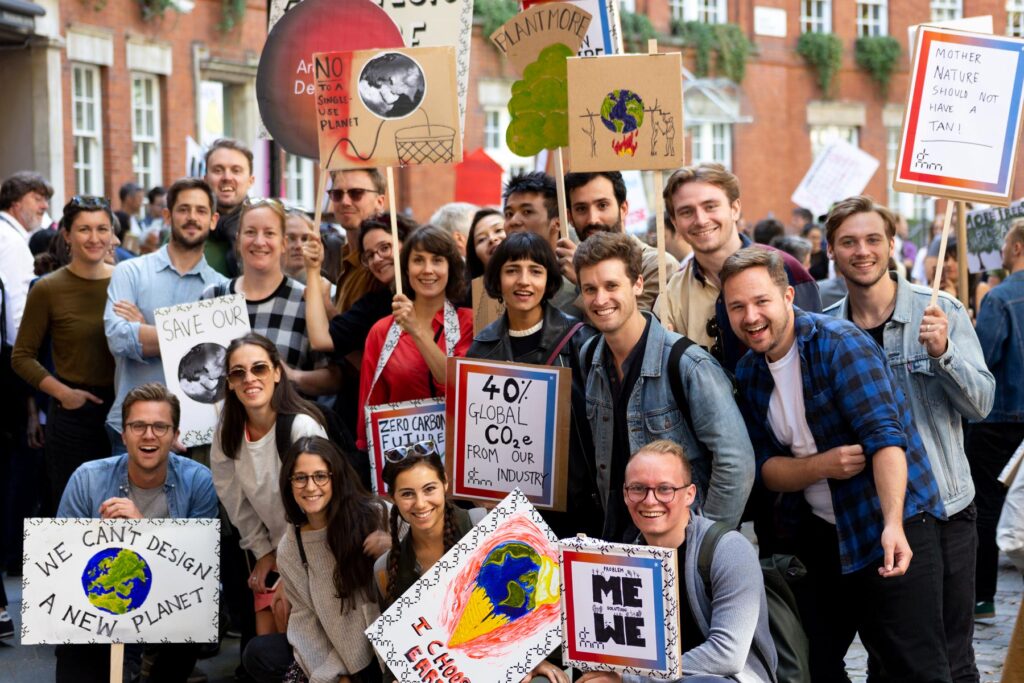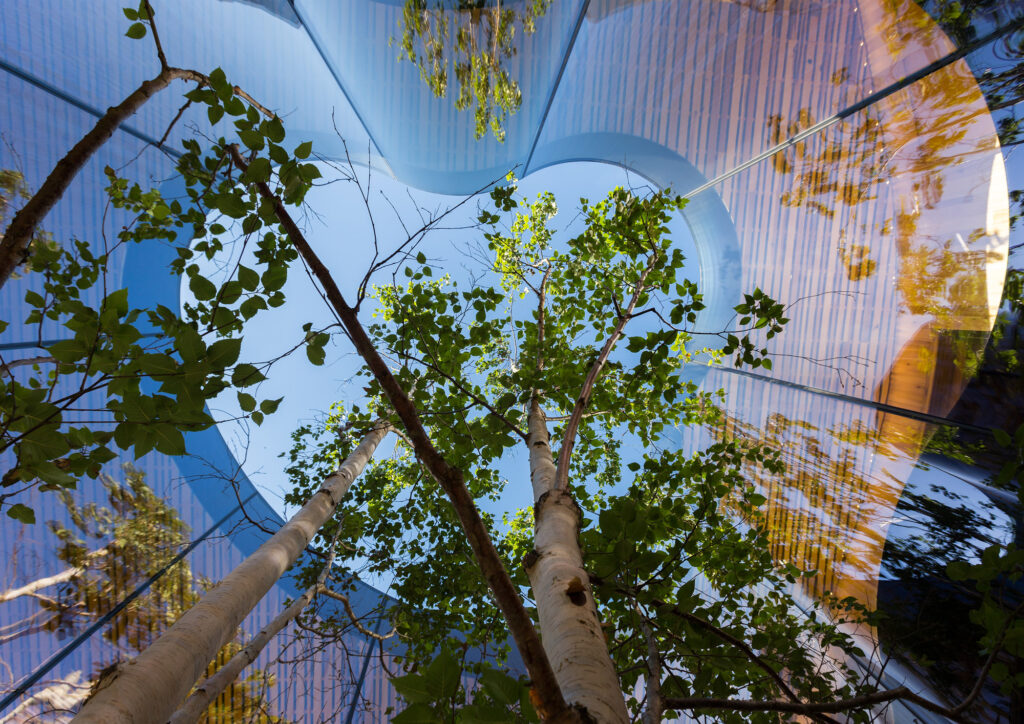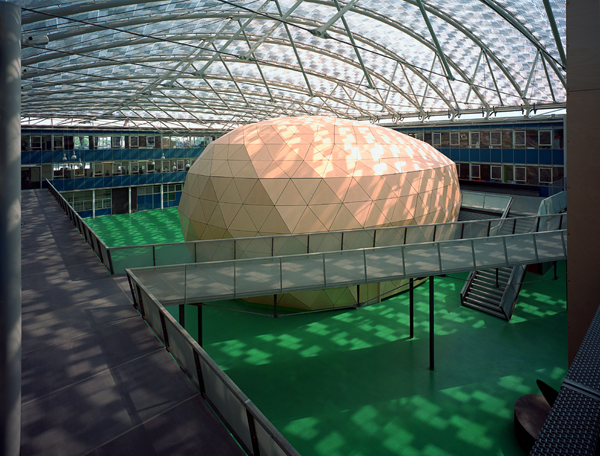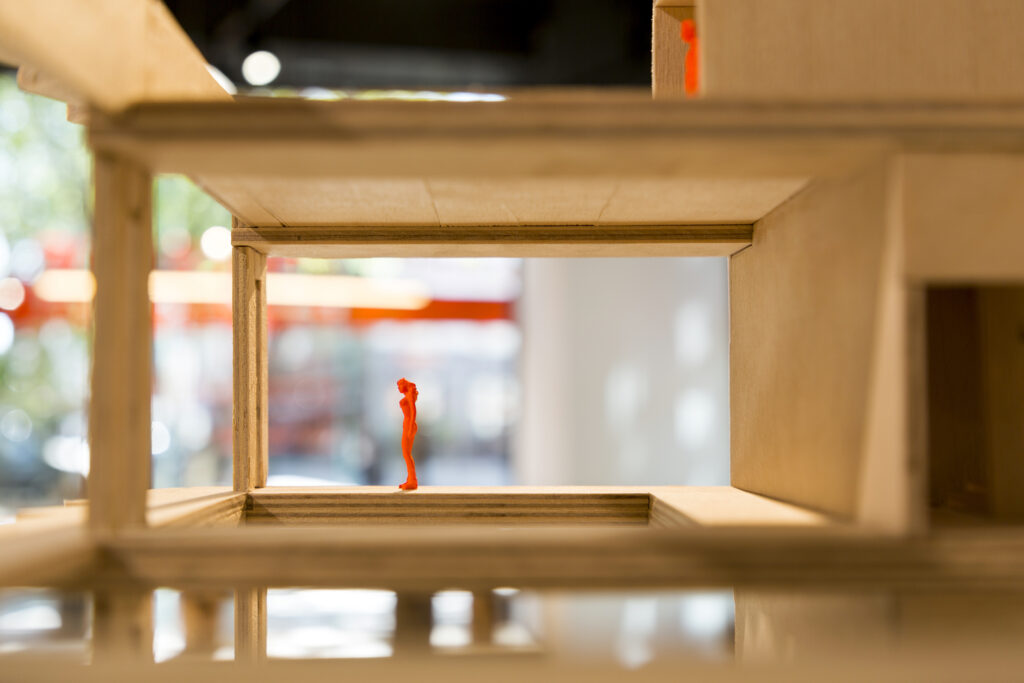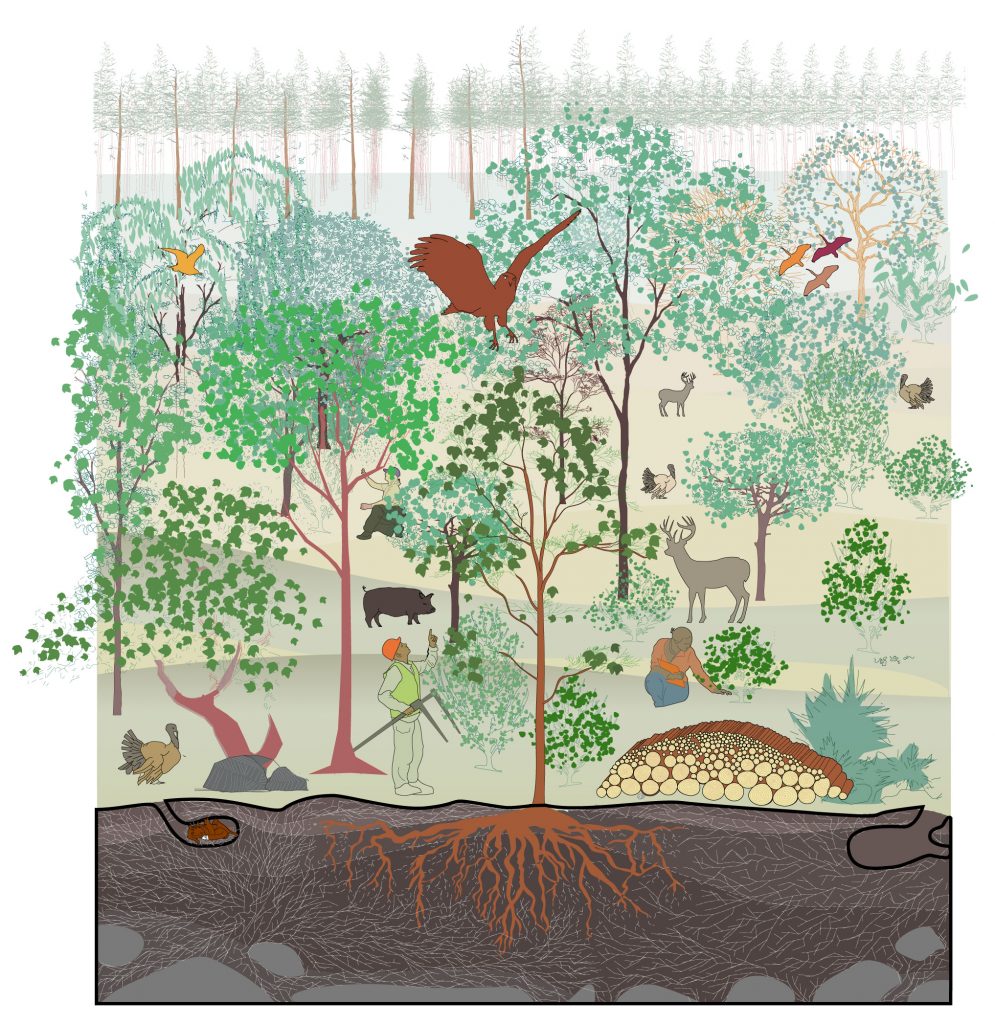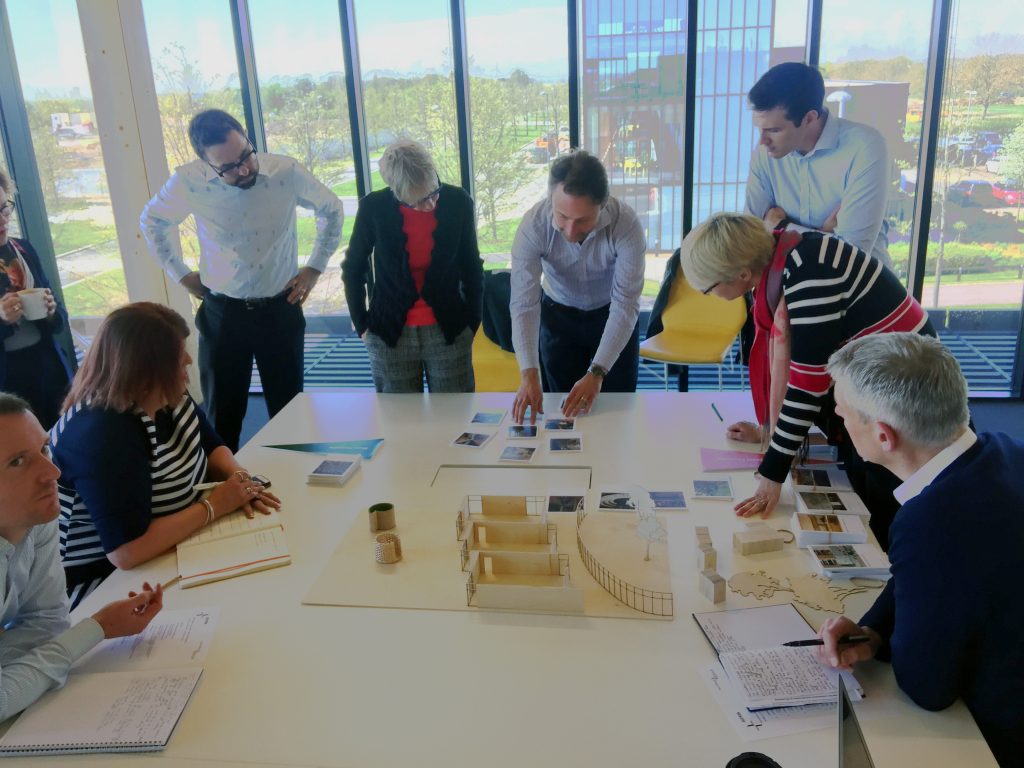Climate
dRMM joined the Global Climate Strike in September 2019 in a bid to publicly declare a state of climate emergency. We also participated in the profession’s Part L & F consultation and associated campaigns, offering a response that urged the industry to make significant changes to the way it designs, builds and operates buildings. We are also responding to consultation to safeguard the use of structural timber. Our most urgent challenge now is to help convert the construction industry towards a retrofit-led model. As such, we have supported the Architects’ Journal Retrofit First campaign, and continue to share knowledge on retrofit practice through lessons learnt on our past, award-winning conversion schemes.
We recognise that a greater challenge exists with larger housing regeneration projects, with difficulties involved in maintaining existing buildings that are subject to complex phasing strategies and sites. Going forward, dRMM will look to address this challenge more actively, working collaboratively with construction professionals and lobbying groups to promote more awareness around these challenges, inciting joined-up solutions towards meaningful change.
Biodiversity
dRMM is a long-standing advocate for timber as an exemplar material in sustainable construction. Going forward, we believe that sustainable forestry management will be a crucial exercise in reducing the world’s carbon footprint. Trees are a vital source of food and habitat for insects, birds and animals – we have to support these ecosystems as we manage our forests. A focus on deciduous trees and growing more variety within our forests must be prioritised, and architects should strive to specify different species within construction – creating a demand for diversity.
dRMM’s research into the development of Tulipwood CLT looked at engineering a hardwood as opposed to the conventional softwoods used in mainstream manufacture, with its fast growth an obvious advantage for carbon sequestration. As a studio, we will continue to drive research and testing of diversified timber. We will also look to collaborate with experts in the field of forest management to better inform our procurement practices.
Social sustainability
Social usefulness and building for social durability are themes that have always been at the heart of dRMM’s practice. We believe these priorities to go hand in hand with best practices in environmental design. As such, we have been active in advocating for a new ‘Architecture of Circumstance’. Our thesis embraces a consequence-aware approach to design, where accepted aesthetic expectations adapt to rely on ‘process’ as opposed to finished product.
Going forward, we believe a new focus for the architecture industry must be on rigorous analysis and designing flexibility. Flexibility, in turn, will ensure social sustainability, allowing buildings to take on longer lifespans with more nuanced functionality. We must achieve a shift in focus towards understanding what can be saved, what can be used, and how design can work to circumvent waste.
What we have influence over:
Studio
dRMM has always encouraged young talent to impact design, influence debate, and challenge pre-conceptions. In this same spirit, we have fostered a studio environment that doubles as a platform for climate advocacy. Our team includes active members of some of the industry’s most significant climate lobby groups. Representatives from ACAN (Architects Climate Action Network) and LETI (London Energy Transformation Initiative) within our team have been given both license and encouragement to bring their knowledge and activism into the studio, helping to meaningfully integrate it into our practice.
Some of dRMM’s team members have been crucially involved in the creation of the Climate Emergency Design Guide and Embodied Carbon Primer documents; both recently launched and well received by the industry. We have had team members meet with the Committee for Climate Change, and we devote our time to supporting the Architects Declare Steering Group efforts. Young members of staff are charged with planning our environmentally focused events diary and CPDs. dRMM also has a dedicated sustainability group made up of team members who – amongst other sustainability tasks – monitor our in-house climate action efforts, coordinating a carbon audit to review our carbon footprint.
Projects
dRMM has committed to dedicated sustainability and regenerative design resource as a studio-wide practice. As such, we have undertaken an analysis of our technical reviews, design crits, and quality assurance processes, and have worked to improve processes such as BIM & computational design toolkits in line with sustainability targets. It is our ambition to gradually introduce the challenging endeavour of Life Cycle Costing across our projects, as well as undertaking retrospective analysis on historic projects. This will include a study of our early project, Kingsdale School, as well as the more recent housing project, Trafalgar Place. Additionally, dRMM is participating in the RIBA 2030 Challenge, which mandates project-data sharing on an open source basis. As such, the studio promotes both the RIBA 2030 Challenge objectives, as well as the LETI Climate Emergency Design Guide as targets for all new projects.
As a continuation of dRMM’s legacy as timber pioneers, our team is now looking at hybrid system design, investigating the way in which timber and other biogenic materials can be used in mainstream. The studio maintains a longstanding preference for working with off-the-shelf products in unconventional applications, serving as an alternative to bespoke products that cannot be easily repurposed past end of life.
Behaviours
dRMM is a thought leader, advocate and material pioneer within the sustainability movement in UK architecture. Aside from contributing regularly to industry media (including Building, Architects’ Journal, BD Online, the Architecture Foundation and more), our team actively works within various knowledge sharing groups, collaborating regularly with fellow Architects Declare signatory practices to promote shared learning. Members of staff across all levels, from directors to architects, actively participate in public speaking endeavours related to sustainable construction, design and policy. We stimulate advocacy through our established profile and through the staging of studio-initiated events. dRMM’s Forest of Fabrication exhibition has toured in London and Liverpool, with its associated educational and networking events promoting the sustainable advantages of timber architecture. Our strong network has also allowed us to consistently collaborate with engineers and supply chain professionals to develop MMC/DfMA approaches that significantly reduce construction waste.
dRMM embraces team initiatives and a sharing economy, including studio yoga, food sharing, and circulation of sustainable vendor recommendations. In order to further reduce the impact of our consumption, as a studio we strive to make small changes wherever possible: we use local suppliers to avoid travel miles, we have switched to zero waste paper, we get our energy from a green supplier, we have swapped using dairy for oat milk, and we have drastically reduced our number of chargers and electrical appliances. We are also in the process of undertaking an operational carbon audit and are committing to re-wilding initiatives and growing trees.

